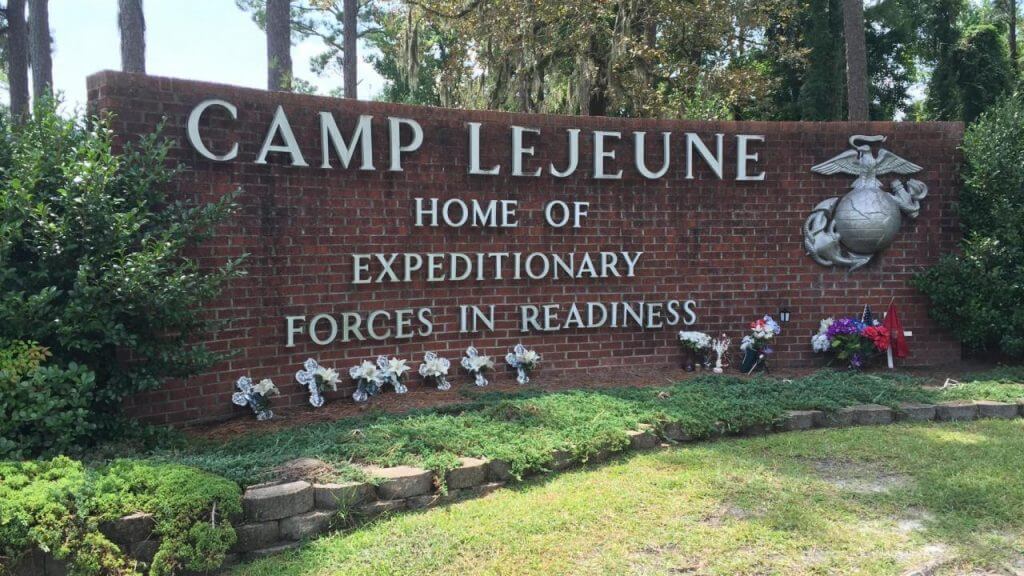Location
Camp Lejeune can be found on billboards, in ads, and on screens today, but where is Camp Lejeune located? The simple answer to that is Jacksonville, North Carolina. The Marine Corps Base is a US military training site with a population of almost 140,000 people today. It is also the site of one of the biggest water contamination epidemics the nation has seen.
Before the lawsuit, it was a very historic site. Some basic facts about the area include:
- It is 246 square miles in size.
- The beach there stretches out for 14 miles.
- There aren’t any public streets or roads.
- It is far from any community.
- It is also far from the industrial world.
- It is isolated and far from the public.
As it were, Camp Lejeune also spreads a bit wider. Alongside the central base, there are also six satellite locations. They are the Marine Corps Air Station New River, Camp Geiger, Stone Bay, Courthouse Bay, Camp Johnson, and the Greater Sandy Run Training Site. In addition, the port facility is found in Beaufort. Beaufort is located on Radio Island, near science labs that are only used during military operations.
Why Was Camp Lejeune Chosen As Base?

Camp Lejeune is situated in a very strategic location between two ports. That, among many other attractive qualities, makes it an excellent location for amphibious training in general. This also lets deployment occur quickly and on very short notice. Other qualities that made it such a good military training base include that it is full of trees, which makes it great for cover, and the fact that it is close to many sources of water. On top of that, the base also has:
- 34 positions for guns
- 156,000 acres of land
- 50 strategic areas for landing
- 3 training grounds
- Long stretches of beach
- 80 ranges suitable for live fire
With all of the above in store, it is no wonder that it became one of the most popular military training facilities in the country. It might even be considered one of the best training sites in the world. That is why many people began coming in from all over the globe to train there; these international soldiers have received top-notch training.
So to speak, Camp Lejeune has gained nationwide attention because of its reputation; first, as a leading military training facility, and second, as the home to one of the biggest public water contamination scandals the country has ever seen. As soon as word of the contamination spread, claims began to pile up. A lot of people are still confused about what the geographical limits of the lawsuit are.
Geographical Limits of Lawsuit
What areas qualify as pertaining to the lawsuit? The Camp Lejeune lawsuit is, naturally, limited to the area of Camp Lejeune. With that being said, the geographical limits of the lawsuit have still been a topic of much debate.
Many water contamination victims are wondering whether or not the area that they lived in is covered by the Camp Lejeune Justice Act. To be more specific, a lot of people would like to know what the borders of Camp Lejeune actually are and if the area they have resided in was contaminated or not.
Unfortunately, it is still not very clear what the current map of the lawsuit is. Now, while that may seem a bit strange, it is not as simple as one would think. The real issue is that it is unclear to what extent the water contamination has reached and how far it has gone.
So, as a result, a lot of people still do not know what areas qualify for the Camp Lejeune lawsuit. Another issue is the satellite locations. Many of the people who were harmed by the contaminated water are not sure if the place they lived counts as part of the area or not. At present, this issue has not been resolved.